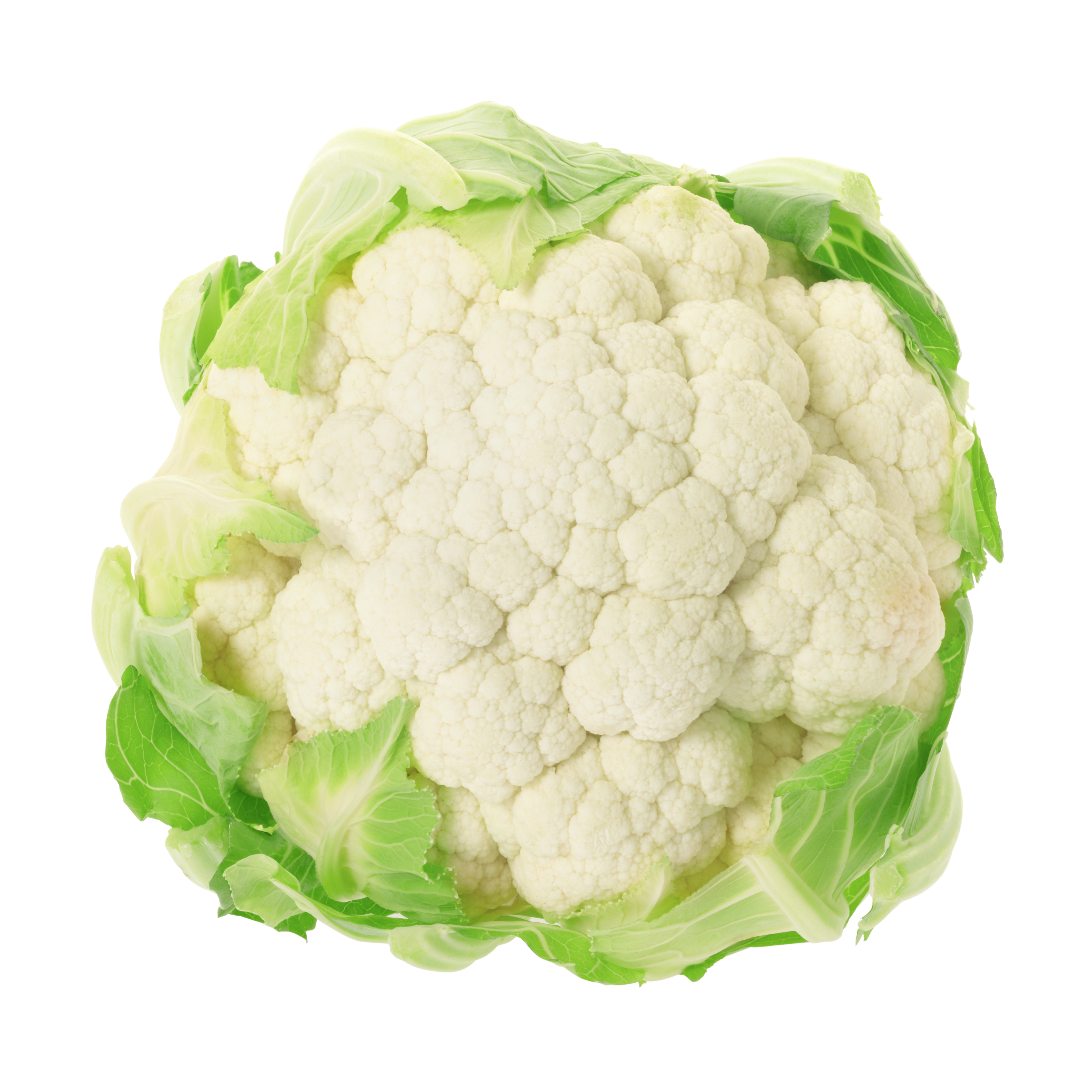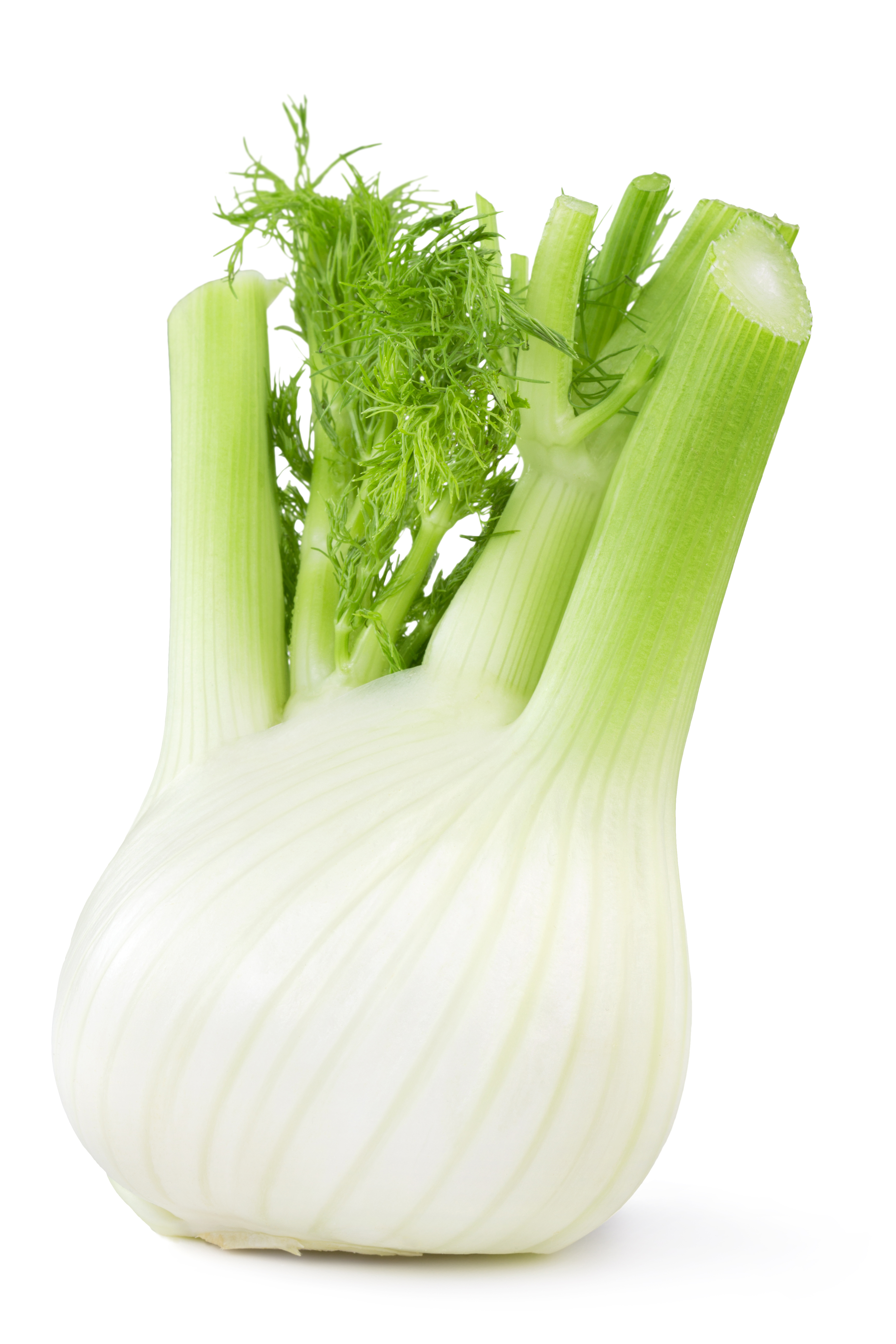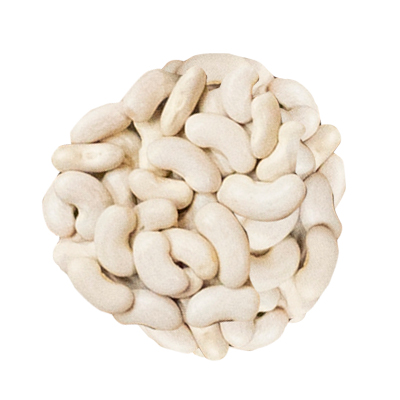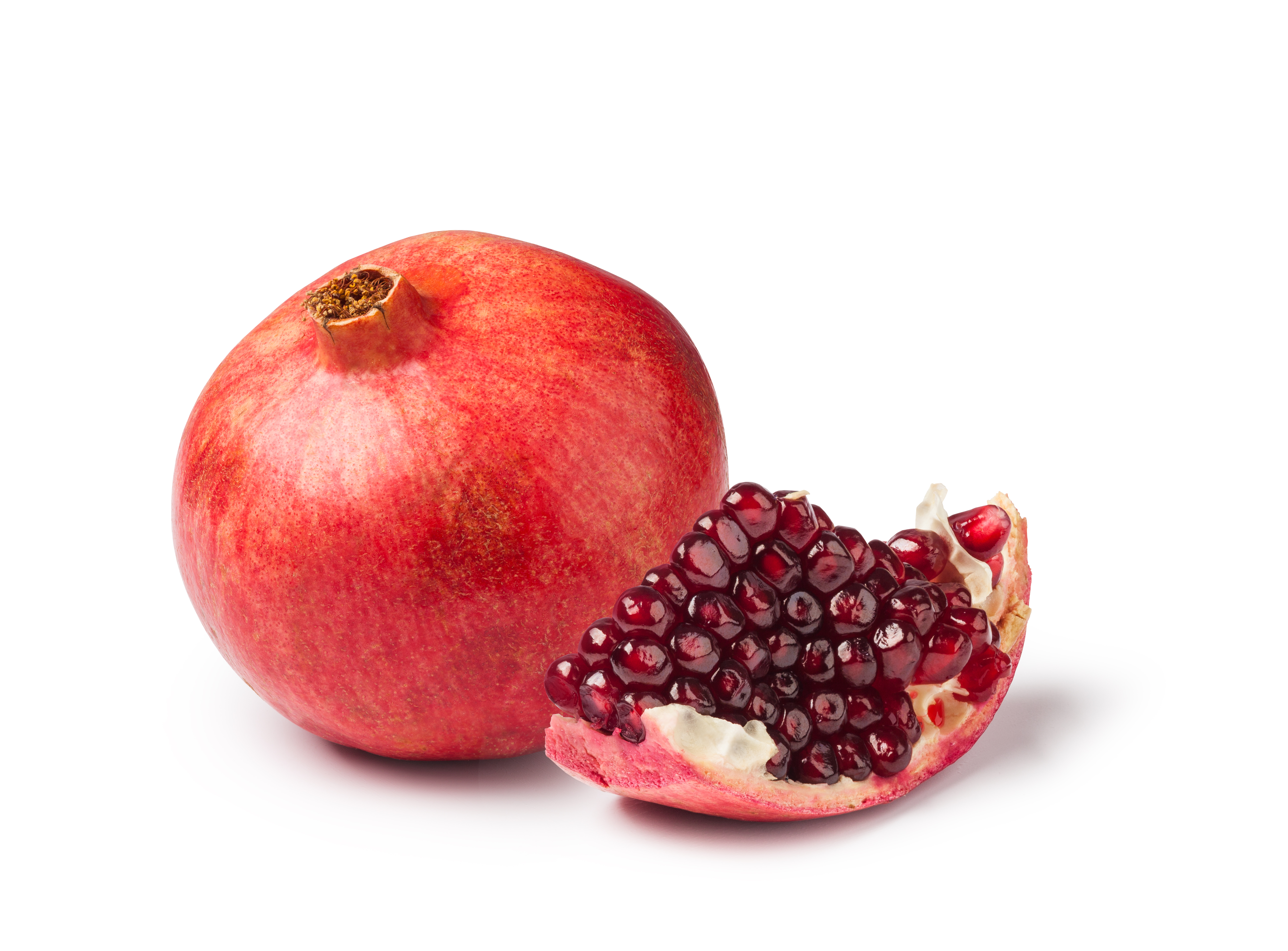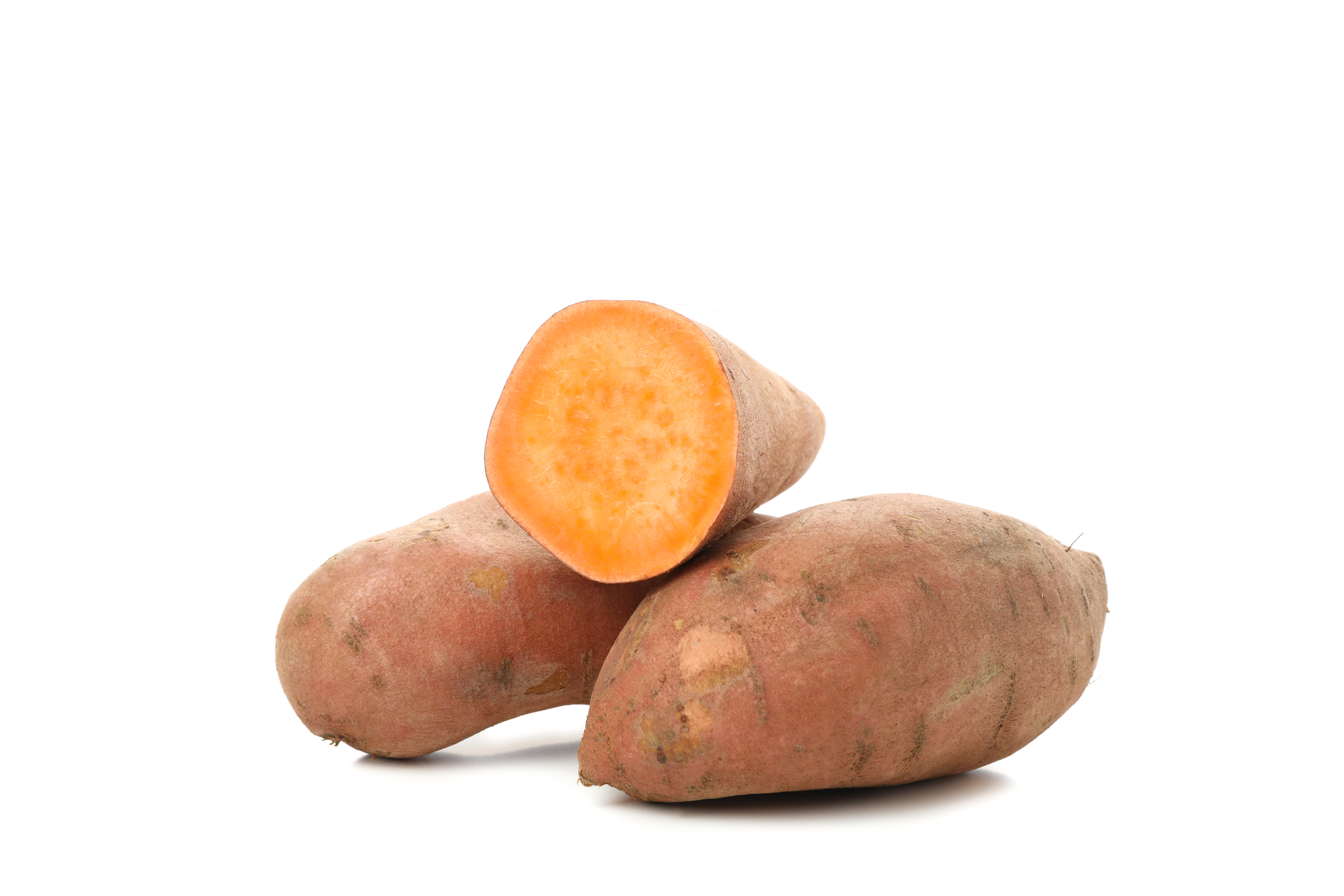Rovelló (and other wild mushrooms)
This is a mushroom that’s part of the Russulaceae family that grows in pine and mixed forests.
It’s also known as the mushroom with a thousand names, because in each region it has a different one. For example, in Catalan it’s called a rovelló or reboto, and in Spanish aníscalo, micula or nícalo.

-
The rovelló isn’t just one of the most common wild mushrooms, at the same time it’s very possibly the healthiest, from a nutritional point of view.
It’s a mushroom that has both a great taste and a great texture. It contains almost no fat, and is a source of fibre and of vitamin C, calcium, phosphorous, and vitamins K and D.
-
They can be eaten either raw or cooked, but each one needs to be cleaned very carefully, but without being put under the tap or submerged in water.
-
There are lots of different varieties of wild mushrooms, and they're incredibly versatile. Some can be prepared raw, in the form of a carpaccio - this works well with small, young porcini mushrooms (with lemon juice, olive oil and parmesan cheese) for example. Pan-frying for adding to salads is another option, (chanterelles) or they can be barbecued to go with meat dishes. Some are very good in omelettes, and they can also be used in risottos, quiches and lasagnes.
Wild mushrooms are easy to keep for months as long as they’re properly dried in the sun, or are frozen after cooking. At home, you can dry them by stringing them together using a needle and thread and hanging them over a radiator, or alternatively by leaving them in a dry, well-ventilated place. To rehydrate, simply immerse in boiling water and blanch for a few minutes. The water used to rehydrate them takes on both colour and flavour, and it's great for using to make stock, or for adding to a stew!



